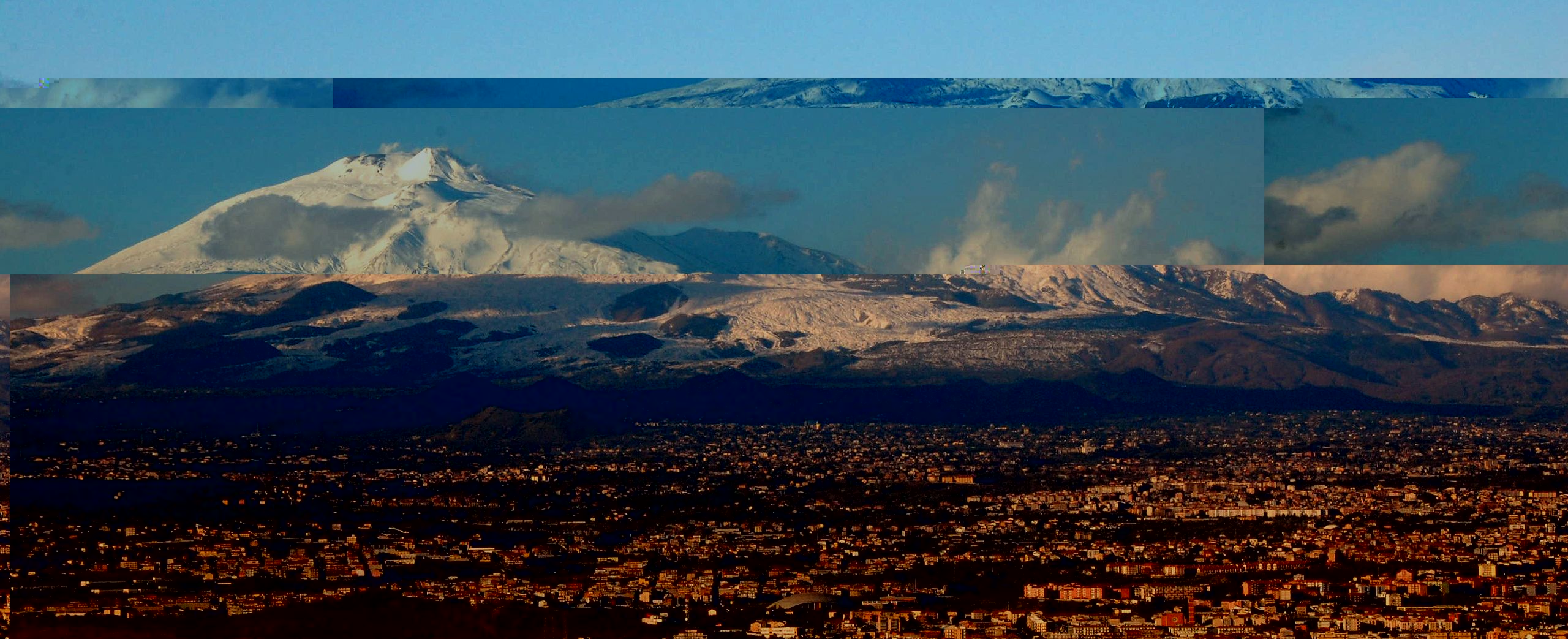Italy and Its Economy

Italy and the adjoining areas are geologically active and sensitive in nature. The region is surrounded by active seismic belts. This is due to the subduction zone around the Adriatic plate. The most sensitive areas are near Friuli, Umbria, Abruzi, Campania, Basilicata, Calabria and Sicily. The Apennine earthquake belt is active due to presence of a long fault at a depth of 10-15 meters. There was massive earthquake in Friuli, Irpinia, Calabria, Messina and Avezzano. Earthquake tremors are also felt along the Alpine Mountain Chain. The Sardinia island is found to be stable. The basement rocks are produced by Caledonian subduction of oceanic crust. Ordovician granite is found along coastal regions. Such granitic rocks are found in the offshore region of Venice. The evidence of the last orogeny is found in Alpine Mountain ranges, Sardinia island, Calabria, North Eastern Sicily and Western Tuscany.
The relative movement between European Plate and the Adriatic Plate started during Cretaceous period. Alpine Mountain ranges were formed during Tertiary period. Apennines Mountain ranges were also formed during Tertiary period. Alpine Mountain chains were formed due to thrusting of Adriatic Plate over the European Plate towards west and north west direction. The Apennines Mountain ranges were formed due to subduction of the Adriatic Plate towards the western direction. The northern and western continental margins of the Adriatic Plate are deformed. The Italian Peninsula and Sicily were formed by asymmetric and disrupted thrust belt. There was irregular subduction of the plate boundaries of the Adriatic Plate. Evidence of thrust structures are found in Alps and Apennines Mountain chains.
Gas deposits are found near Milan, eastern Calabria, north Sicily and west Sicily. South Adriatic offshore oil field and Irpinia offshore oil field produce crude oil. Oil deposits are also found in Malosa and Villa Fortune near Milan in the Po River Valley. Aquila offshore oil field in the Otranto channel also produces crude oil. The local oil and gas production meet 10-12 percent of the demand. Natural gas is mostly imported from Algeria. Crude oil is imported from Algeria, Libya and Iran. Asphalt is found in Regusa in Sicily. Pumice stone and Pozzolana are also found in parts of Italy. Italy is the largest supplier of pumice stone in the world. Active volcanoes are source of geothermal energy. White marbles are found in Carrara and Siense area. Coloured marbles are found in Sicily, Lazio, Verona, Lombardy, Po valley, and Puglia. Italy has many metal industries like steel, aluminium, copper, lead, zinc, silver and gold. The industries like cement, salt, potash, oil refining, power plants and chemical industries are working with success in Italy. Building stone industry made its mark in domestic and international level.
The Industry and Tourism sectors are major contributors of economy of Italy. Service sector is also very strong. The Agricultural sector provides employment to maximum number of people in the rural areas. The GDP of Italy is found to be around 1.9 trillion US Dollar. Italy is a strong economy in Europe. It has strong industrial and manufacturing base in Europe. The triangular region of Milan-Turin-Genoa is the major industrial hub of Italy. The major industrial activities are metal works, automobile , air craft, shipping, ceramics, chemicals, foot wear, textiles, food processing entertainment and construction materials. Quality products are also produced by small and medium enterprises. Presence of local industrialists in large numbers made it an Industrial economy.